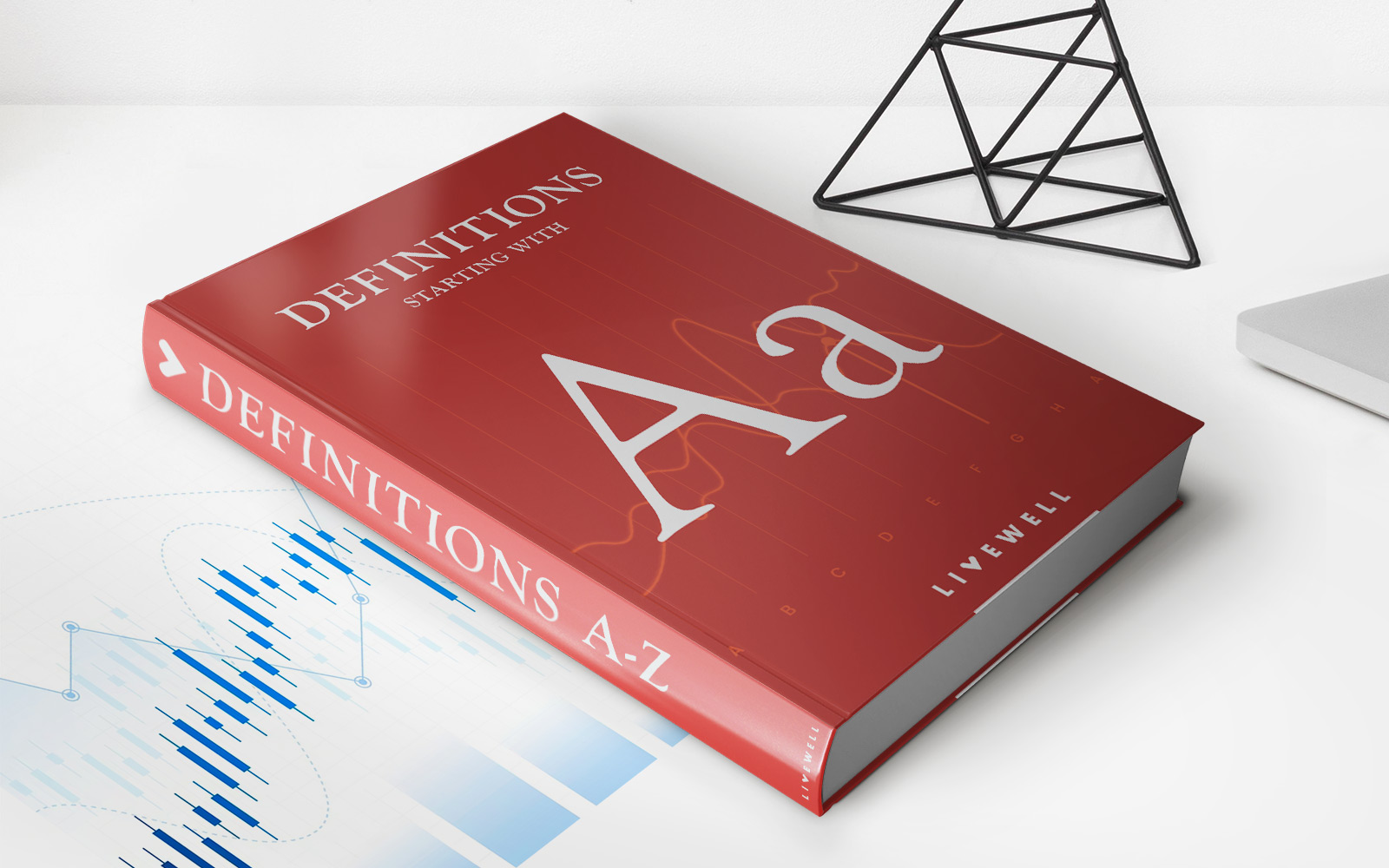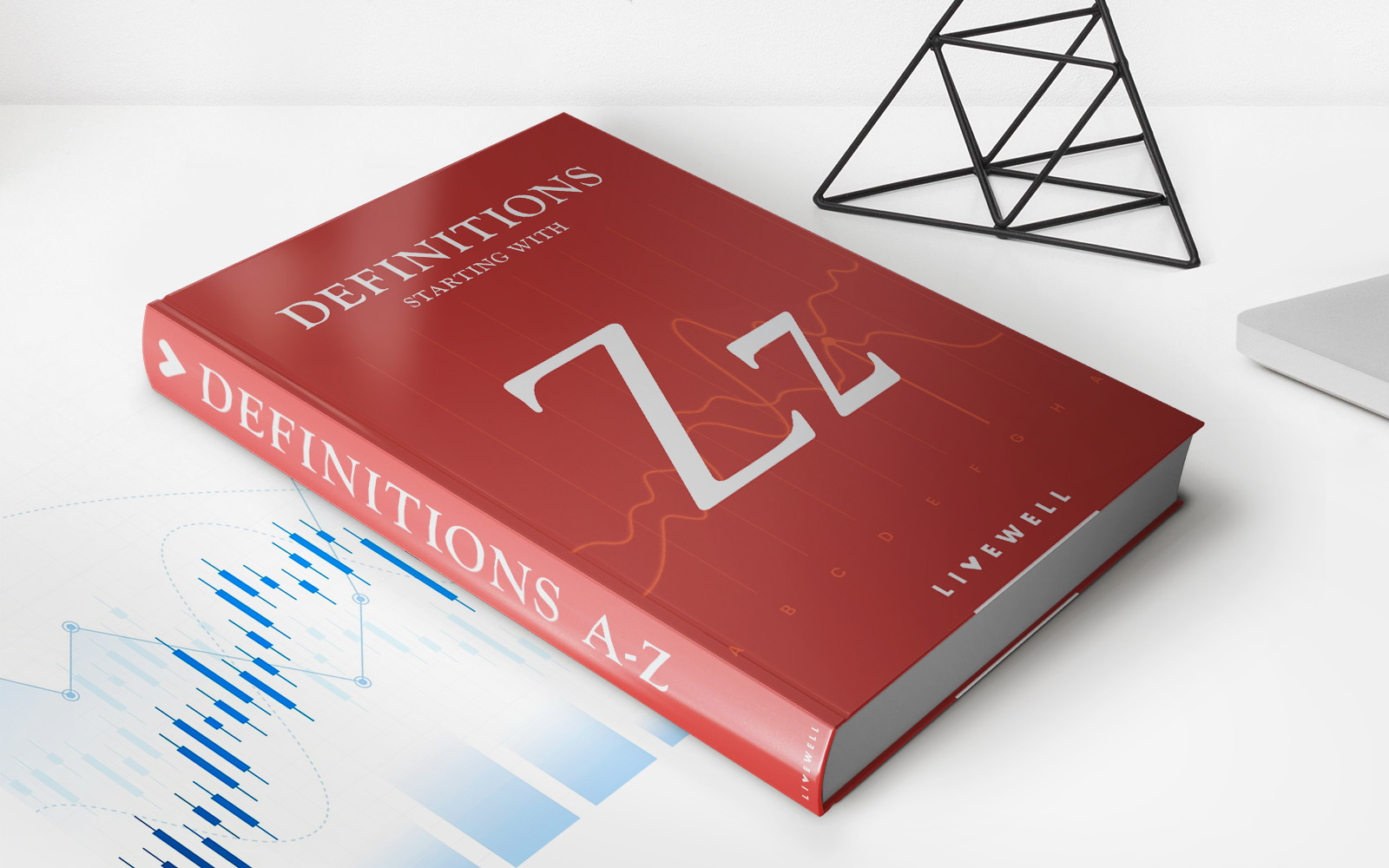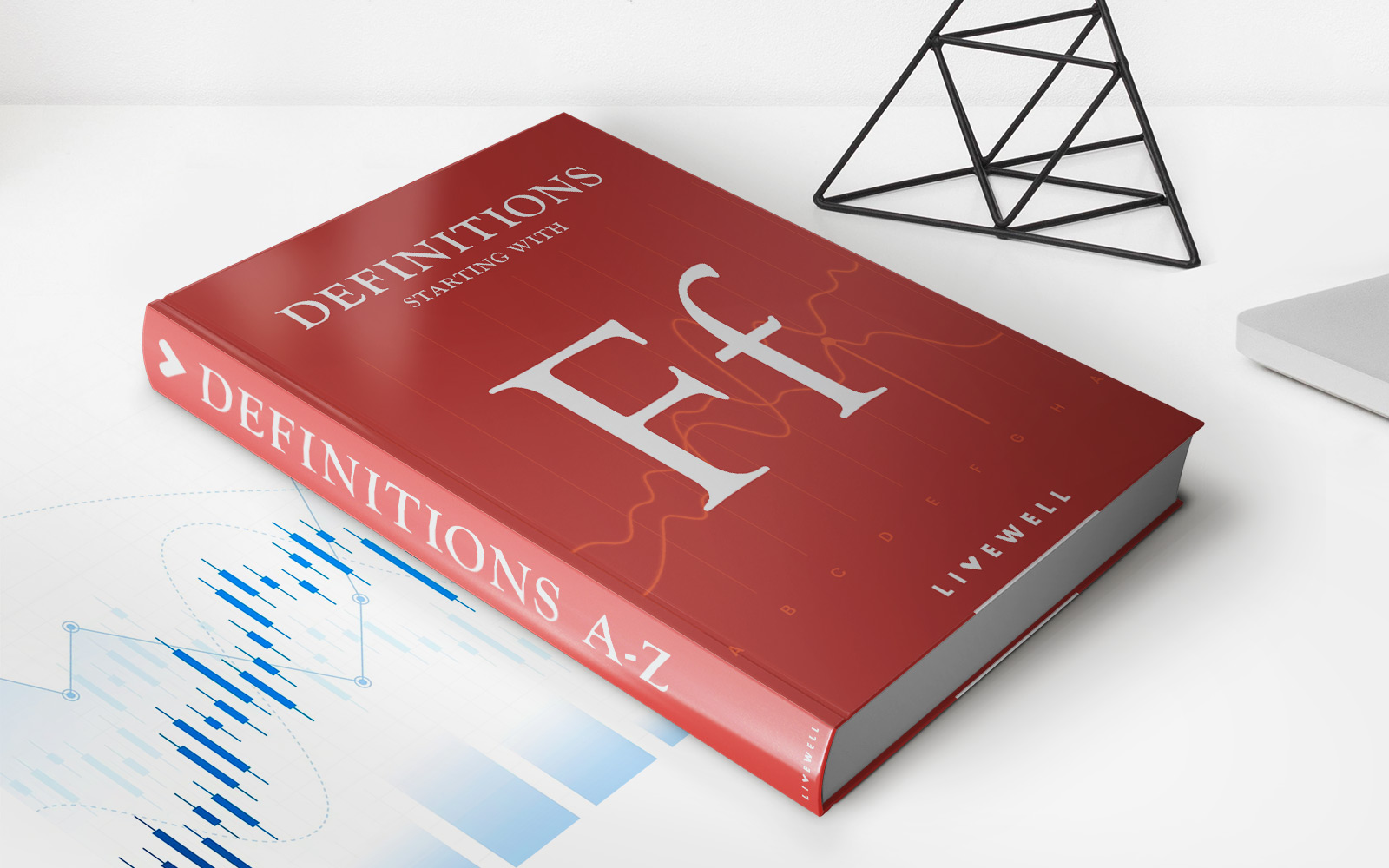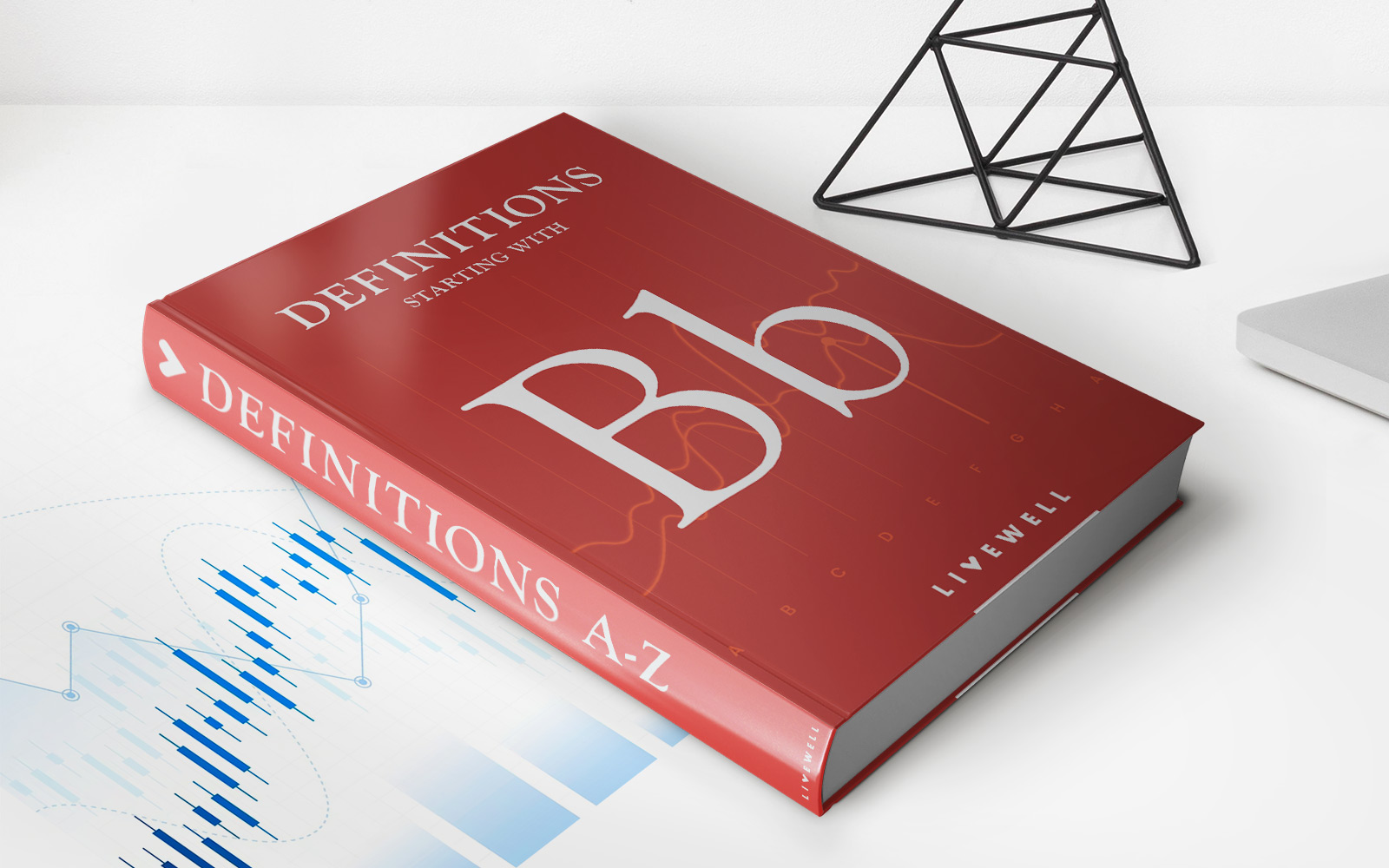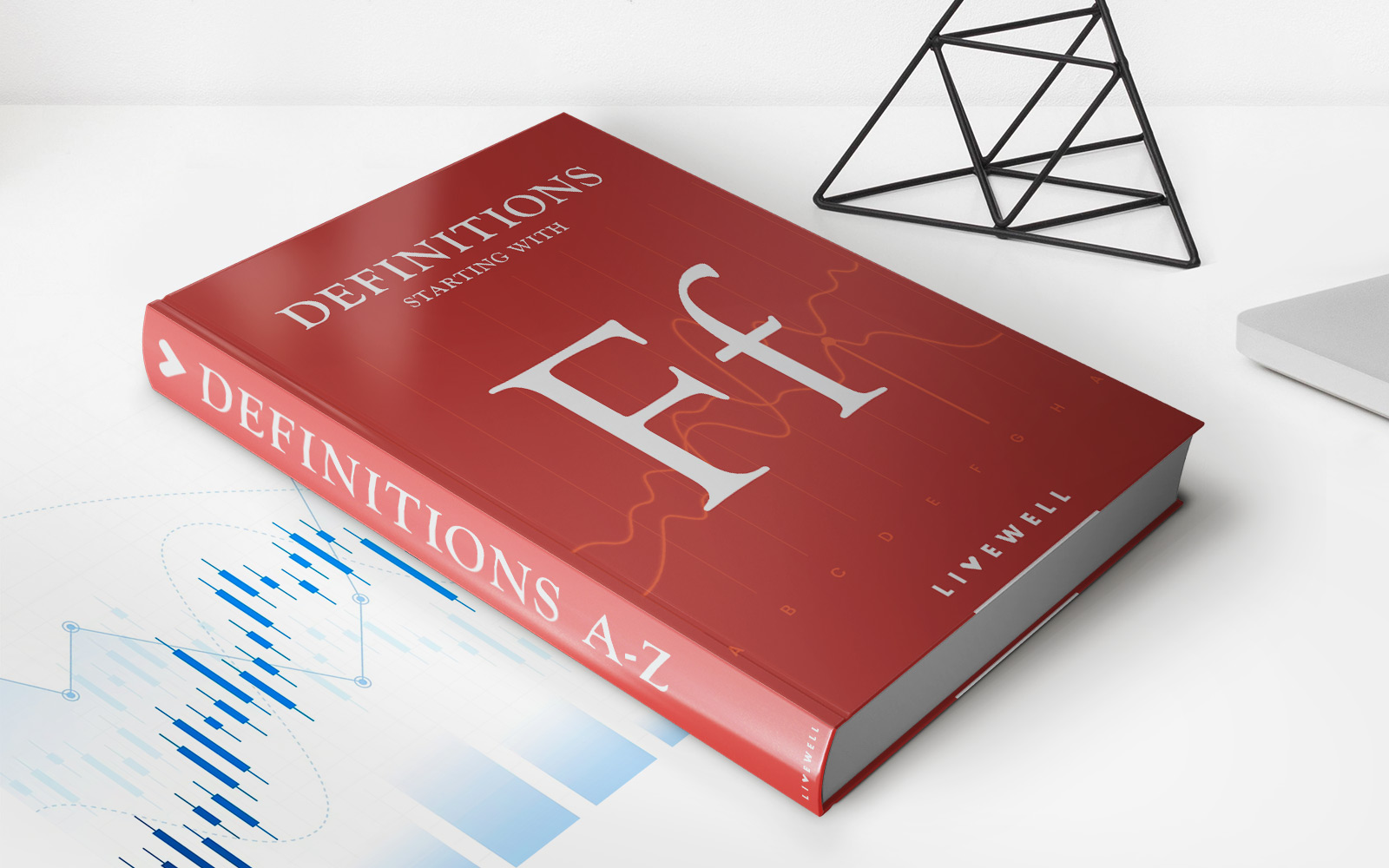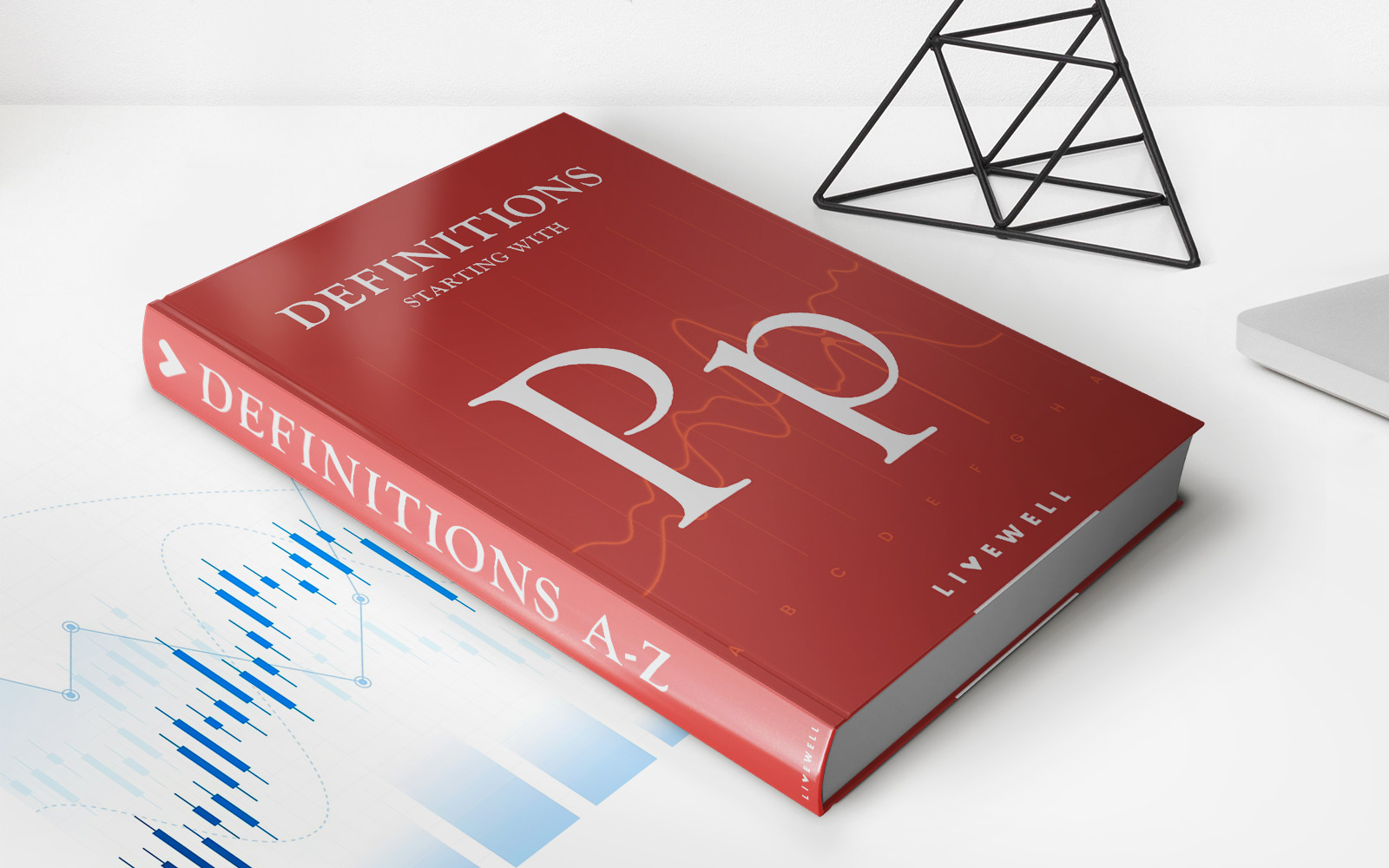Home>Finance>Trading Floor: Definition, Overview, Applications
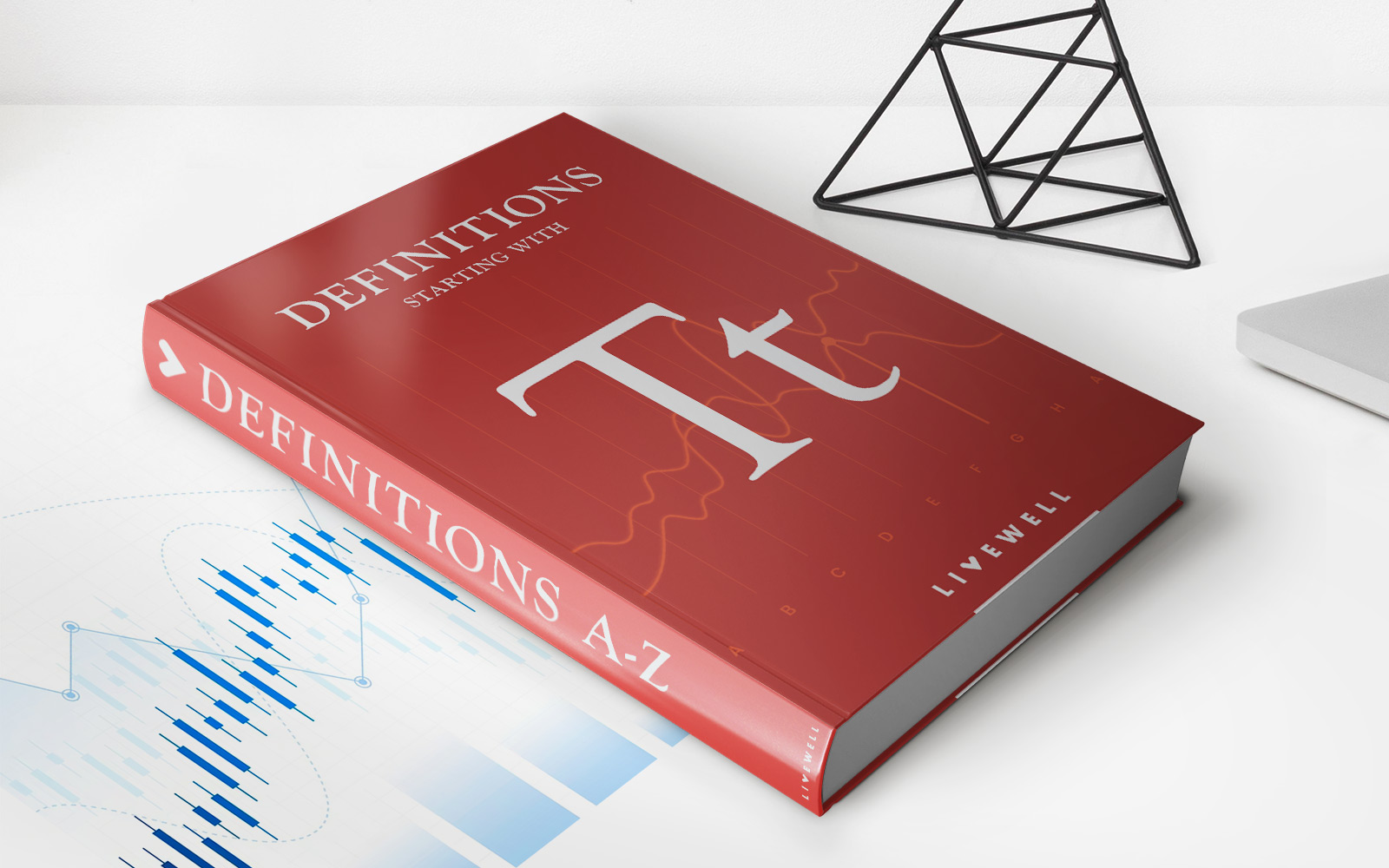

Finance
Trading Floor: Definition, Overview, Applications
Published: February 10, 2024
Discover the world of finance with our comprehensive guide to trading floors. Learn about its definition, applications, and key insights.
(Many of the links in this article redirect to a specific reviewed product. Your purchase of these products through affiliate links helps to generate commission for LiveWell, at no extra cost. Learn more)
Trading Floor: Definition, Overview, Applications
Welcome to our “FINANCE” category, where we dive deep into the world of trading, investments, and financial markets. In this blog post, we’ll be focusing on the trading floor and its significance in the finance industry. Have you ever wondered what exactly happens on a trading floor? How does it all work? What applications does it have in today’s digital age? Keep reading, and we’ll provide you with answers to these questions and more.
Key Takeaways:
- A trading floor is a physical or virtual space where financial instruments such as stocks, bonds, commodities, and derivatives are bought and sold.
- Traders on the trading floor execute transactions, negotiate prices, and monitor market movements to make informed buying and selling decisions.
First, let’s start with a simple definition. A trading floor, also known as a dealing room or trading room, refers to a physical or virtual space where financial instruments are bought and sold. These instruments can include stocks, bonds, commodities, and derivatives. Traditionally, a trading floor would be a bustling physical space within a financial institution, with traders physically present, closely monitoring the markets and executing trades. However, with the advent of technology, many trading floors have transitioned to virtual platforms, where trading can be conducted electronically.
The trading floor serves as the nerve center of the finance industry, where financial professionals, such as traders, brokers, and analysts, come together to engage in buying and selling activities. It’s a place where intense negotiations occur, information is exchanged, and investment decisions are made. In today’s digital age, while the physical trading floor still exists, the majority of trading takes place through electronic platforms, greatly enhancing speed, efficiency, and accessibility.
Applications of Trading Floors:
Trading floors have numerous applications across various financial sectors. Here are a few key areas where trading floors play a significant role:
- Stock Exchanges: Trading floors are synonymous with stock exchanges, where the buying and selling of publicly-listed company shares take place. Stock exchanges act as centralized platforms for traders to interact and execute trades, helping to establish market prices and provide liquidity.
- Commodity Trading: Trading floors facilitate the trading of commodities, such as oil, gold, agricultural products, and more. Participants can hedge against price fluctuations, speculate on future price movements, or physically settle contracts.
- Derivatives Markets: Derivatives, including options, futures, and swaps, are financial contracts whose value is derived from an underlying asset. Trading floors enable traders to engage in complex derivative transactions, managing risks and creating investment opportunities.
- Foreign Exchange: Currency trading, also known as forex trading, takes place on trading floors where participants can buy, sell, and speculate on different currencies. The foreign exchange market is highly liquid and operates 24 hours a day across different time zones.
These applications merely scratch the surface of the diverse roles trading floors play in the finance industry. They bring together buyers and sellers, facilitate price discovery, provide liquidity, and contribute to market functioning and efficiency.
In conclusion, the trading floor remains a fundamental component of the financial sector, regardless of whether it exists as a physical space or a virtual platform. It is where financial instruments are traded, investment decisions are made, and market dynamics are shaped. Understanding the importance and applications of trading floors is key to comprehending the inner workings of the finance industry. So, whether you’re an aspiring trader, investor, or curious finance enthusiast, keep exploring and uncover the fascinating world of trading floors.


